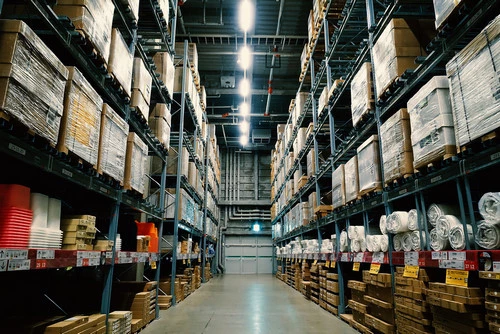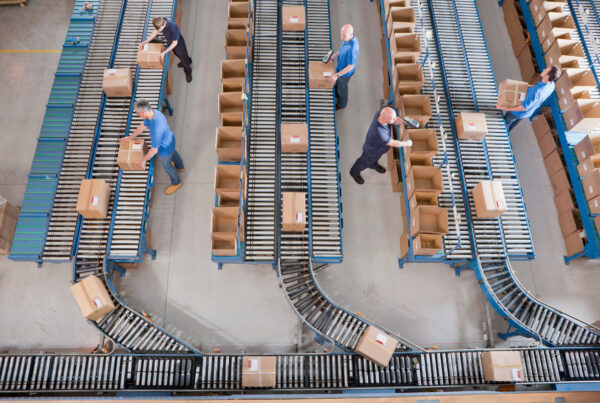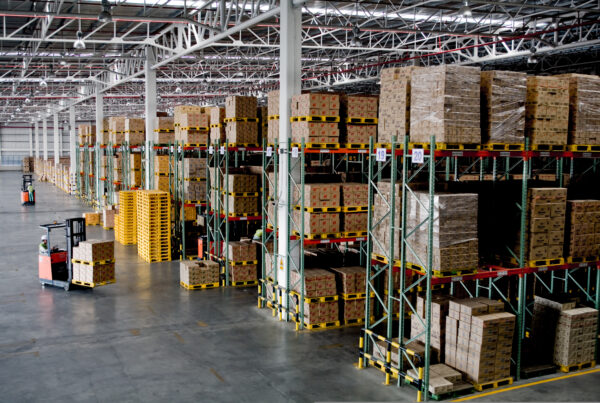Retail automation is the name of the game. Right now, the more automated your operations are, the more competitive you are. Part of your success is shackled to tools that 20 years before might have seemed far-fetched, or sci-fi, but that today are the norm. Robots, drones, AI, sensors, etc. — each and every one giving you an edge over others. To stay successful you have to embrace the future, stay nimble to changes, and update your specs constantly. In this post, we’re going to do a deep dive into retail warehouse automation. How does it work? What is it? And what processes/tools does retail supply chain automation entail?
What is the digital automation of a retail warehouse?
Let’s parse that query out into multiple conceptualized nuggets — units to define. Retail warehouses, generally speaking, are large, single-level stores with a minimum footprint of 1000 square meters. They all share certain key characteristics:
- They are big.
- Generally built on the outskirts of a town or city.
- They sell all manner of tools, but mostly devote themselves to home improvement, gardening, furniture, and electric goods.
- They serve as both a warehouse, as well as a store.
Over the past few years, e-commerce has been on a roll — sales have spiked to over 25% on an annual basis. Retailers are caught in a whirlwind due to this onslaught. Overjoyed by the bloom, yet biting their nails due to shortages in traditional warehouse spaces. Developers across the world saw an opportunity and started to create or convert buildings into retail warehouses.
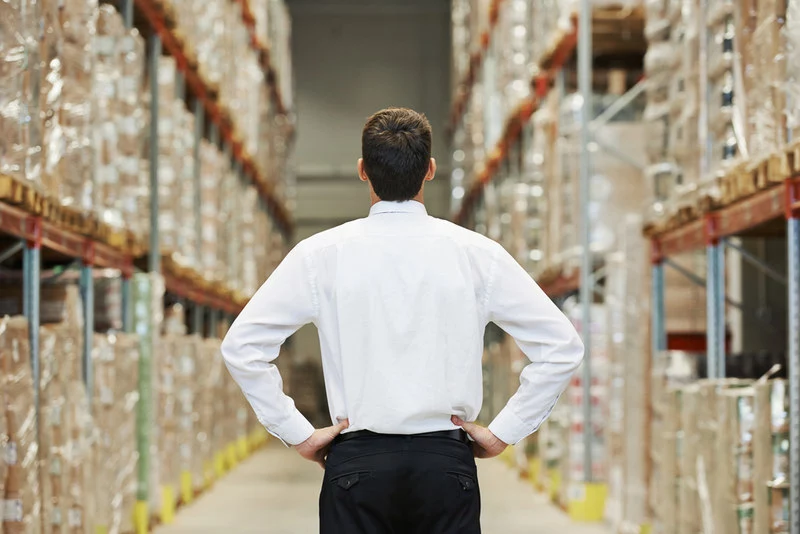
They offer:
- Innovative storage systems.
- Improved tracking solutions.
- Better training and technology.
Nevertheless, what most business owners obtain when purchasing a space is either a blank canvas or a template model. What do we mean by this? It still needs to adapt and configure its business model and operations. It has no customization, no specific requirements met. The greenfield space has the promise of being a game-changer, it just needs the right tools and team to design and build it.
That’s where intelligent retail automation comes in.
Modern-day retail warehouse management demands automation services and solutions.
The benefits of retail warehouse automation are:
- Better resource allocation.
- Reduced labor cost.
- Reduced operation cost.
- Improved customer service.
- Improved reverse supply-chain logistics.
- Increased productivity.
- Minimized manual labor.
- Reduced handling costs.
- Reduce human error.
- More accurate inventory tracking.
The more automated your warehouse is, the more likely it can take advantage of today’s e-commerce bonanza. A fully automated warehouse can work 24/7, ship items around the clock, and, more importantly, shifts labor dynamics — it no longer works off the sweat and backbreaking efforts of your staff but off robotics. The latter reduces your costs, errors, and downtime.
Most common retail warehouse automation practices
It’s important to understand today’s current retail warehouse automation practices so you have a clear idea of where to focus your attention and your budget.
WES
WES stands for Warehouse Execution System. WES is the brain behind all your automation tactics — it is a system responsible for all automation controls, workflow balancing, and order fulfillment. These computerized systems manage the physical flow of products through your warehouse, from receiving goods all the way to shipping them out. SRSI’s SwiftCurrent WES will allow you to have clear, accurate readings on all your operations and can even be easily integrated into your current platform.

ERP
ERP, or Enterprise Resource Planning, is a suite of applications that automate your company. It syncs each department up and manages resources. This is an all in-one-solution, similar to WES.
Radio Frequency Identification
RFID are wireless systems composed of two components — a reader and a tag. The reader emits radio waves and receives a signal/response back from the RFID tag. These are used to identify products wirelessly.
Levering sensor technology truly shifts the way a warehouse starts to operate. Pickers can work off computers that tell them where to go and what to do.
AGV
Automated Guided Vehicles – AGVs- are portable robots that follow wires or a digital map on the floor, use vision cameras, magnets, laser navigations, and radio waves. Among these AVGs you can find:
- Automated Guided Carts.
- Heavy burden carriers.
- Autonomous Mobile Robots.
- Towing AGVs.
- Unit Load Handlers.
These assets can minimize manual labor and spike up your warehouse’s productivity. By integrating these types of tools, you not only have a warehouse that can work around the clock, but a more efficient one, error-proof, and safe one for your employees.
AS/RS
AS/RS, or automated storage and retrieval systems, can be another useful tool to your retail warehouse. They streamline and condense storage and inventory to optimize the space within your operations. They integrate seamlessly with other automated warehouse solutions to drive ultimate productivity. Among the various AS/RS solutions, you can find:
- Vertical Lift Modules (VLMs)
- RAFT – High density pallet shuttle
- High Speed Sortation Systems
- AGVs
The advantages of automated retail solutions for warehouses
Automated retail solutions offer warehouses the ability to grow their business, expand their market reach, and get the most out of their space. In most cases, these projects require a significant up-front investment, but what you are purchasing with those funds truly ups your game, prepares you for future growth, and gives you an edge that your competitors will envy. Contact SRSI today to start designing and executing the right retail warehouse for your company: [email protected].
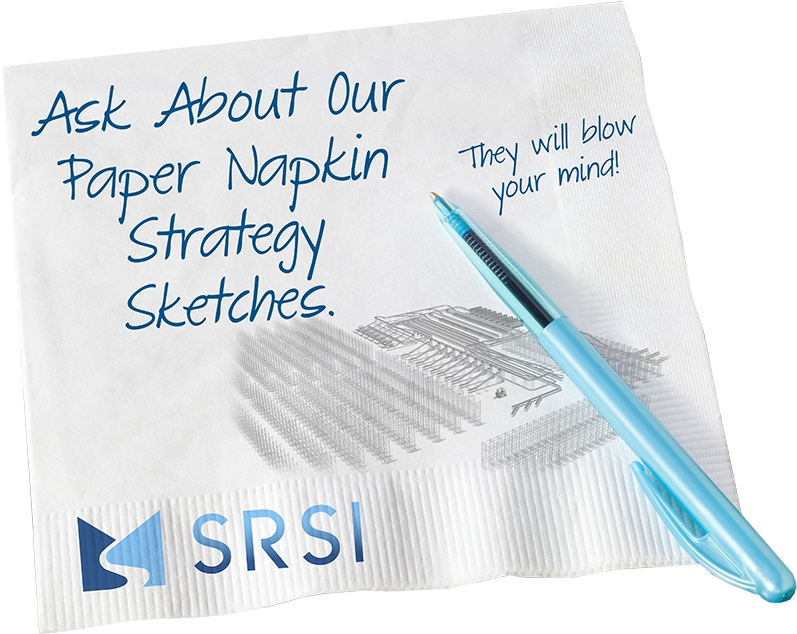 Skip to main content
Skip to main content

